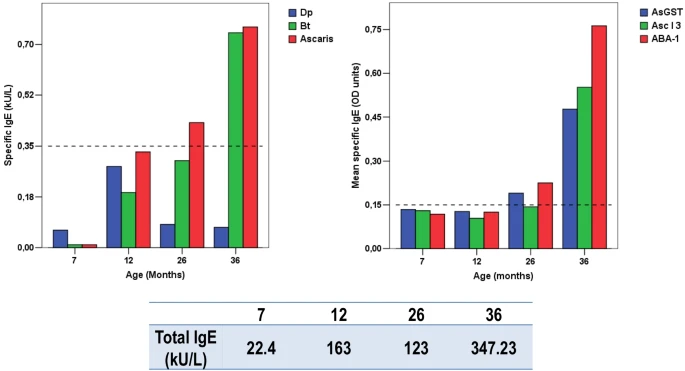Abstract
Purpose of Review
Helminth infections modify the natural history of allergic diseases, by either decreasing or increasing their symptoms. Several helminth components are involved in the increasing of the allergic response and symptoms, overcoming the concomitant immunosuppression of helminthiases. However, the role of individual IgE-binding molecules in this process remains to be defined.
Recent Findings
Data from genetic and epigenetic studies of ascariasis are analyzed. A new species-specific A. lumbricoides allergen has been discovered, with potential use in molecular diagnosis.Summary
Most helminth IgE-binding components are not officially classified as allergens in the WHO/IUIS database, although there is evidence of their influence increasing allergic manifestations. Further immunological characterization of these components is needed to better understand their mechanisms of action and evaluate the ways in which they can influence the diagnosis of allergy.

No comments:
Post a Comment